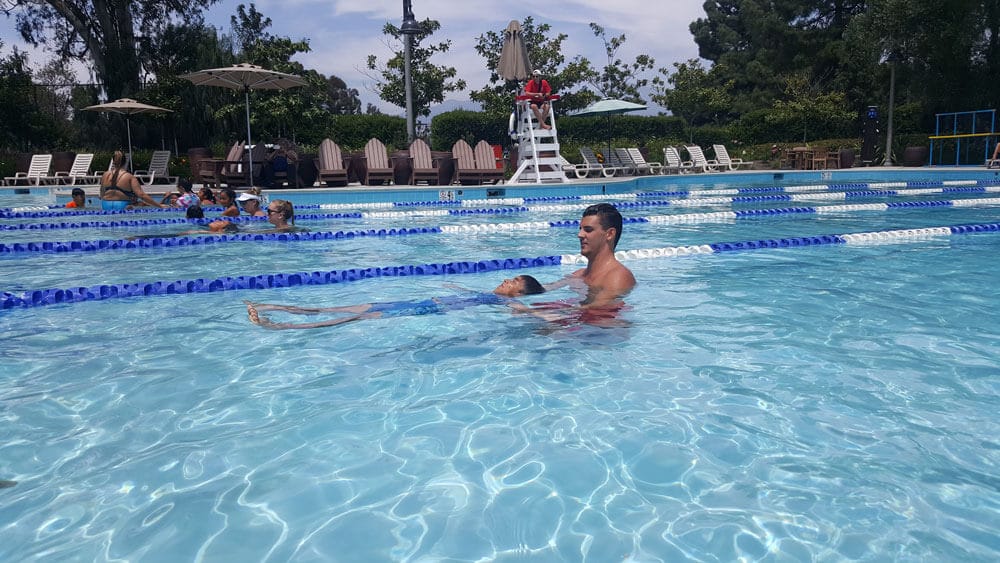With there being so many options on where to take your children to swim, it can be a bit hard at times to decide what swim program would be the best fit for your children. When it comes time to decide what program you are going to use for your swim lessons it is important that you ask the right questions and know what to look for. As an organization with over 135 years of teaching kids to swim, here is what we think you should know!
- Lifeguards are mandatory! Having lifeguards on duty is an absolute must when you are looking for where to take swim lessons. Without lifeguards there is a major delay in receiving the proper care in an aquatic emergency. Outside of enforcing rules and safety lifeguards also allow the swim instructors to focus solely on their students and not worry about what is going on around them. This allows the swim instructor to give all their time and attention to the class that they are currently teaching, which means more dedicated learning time and safety for your child.
- Look for swim instructors with certifications. Swim Instructor certifications teach the much needed skills, such as: proper hand placement when working with a child, how to manage larger class sizes, how to work with children with special needs, how to work with children who are afraid of the water, a curriculum to teach from, and so many more skills. All instructors should have current CPR, First Aid, and AED certifications alongside some sort of working with children certification.
- A tool to communicate your child’s progress. Communication is key when it comes to your child’s progression in swim. You always want to ensure that they are placed in the right class and are on the right path towards moving into the next stage. A well-equipped organization will communicate the progress and make the recommendations that best fit the child based on their swim abilities.
- Proper class size for your child’s age. Knowing the class ratio of students to instructor is important to know before signing up for any lesson. Depending on the class size and how many instructors there are will decide how much one-on-one time your child receives with the instructor.
- The facility must have proper safety equipment. Having the proper equipment on the pool deck will ensure that if a rescue was needed to be made than it can be made with the proper equipment. You want to look and ask for the following:
- First Aid Kit
- AED
- Shepard’s Hook
- Lifeguards have the following: a whistle, a CPR mask, a pair of gloves, and a rescue tube,at least one backboard and a Life Ring with an attached throw rope.
- Proper signage (Pool Capacity, No Diving, Artificial CPR sign, the emergency telephone number is 911, the number of the nearest emergency services, and the name and street address of the pool facility).
The YMCA has always been, and continues to be a leader in teaching children to swim. Safety is at the forefront of all we do. We invite you learn more at www.ymcaoc.org/swim.


